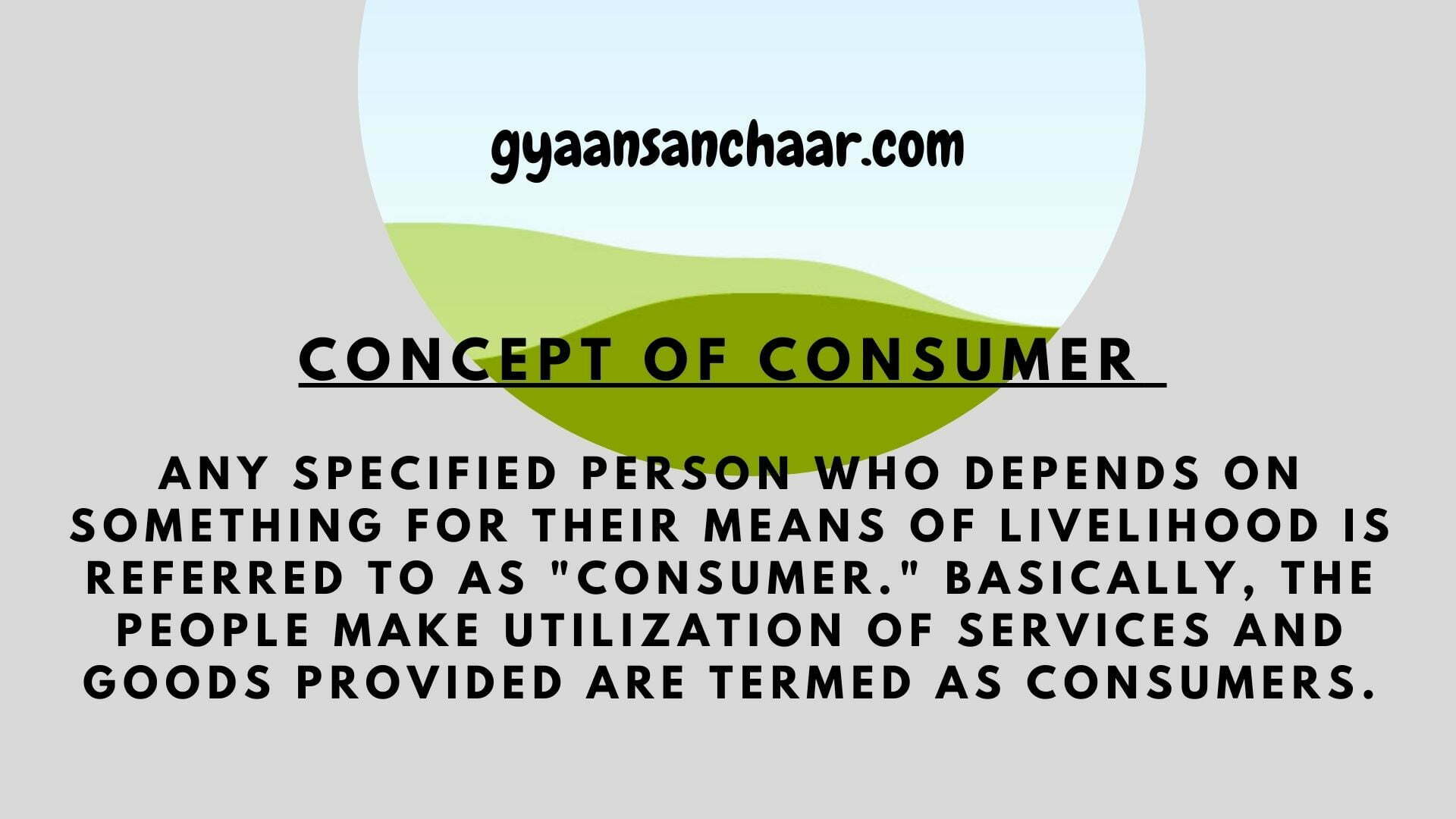Is a Fox a Consumer: Understanding the Role of Foxes in the Ecosystem
Foxes, with their striking appearance and elusive nature, have long intrigued both nature enthusiasts and researchers. As part of the animal kingdom, one question that often arises is, "Is a fox a consumer?" In this article, we will explore the ecological role of foxes and determine whether they can be classified as consumers in the context of the food chain and ecosystem.
1. Understanding the Concept of Consumers:

Concept of Consumers
To comprehend whether a fox can be classified as a consumer, it is crucial to grasp the concept of consumers in ecological terms. In an ecosystem, consumers are organisms that obtain energy by consuming other living organisms. They play a crucial role in the food chain, transferring energy from one trophic level to another.
2. Foxes and their Dietary Habits:
a. Carnivorous Nature:
Foxes are carnivorous mammals, belonging to the Canidae family. Their diet primarily consists of meat, making them predators in the ecosystem. They exhibit opportunistic feeding behavior, adapting their diet based on the availability of prey in their habitat.
b. Varied Diet:

Varied Diet
While foxes are primarily carnivores, they are known to display dietary flexibility. Their diet can include small mammals, birds, reptiles, insects, fruits, berries, and even scavenged carrion. This versatility allows foxes to adapt to changing food availability and survive in diverse environments.
3. Foxes as Secondary Consumers:
a. Position in the Food Chain:
In the context of the food chain, foxes can be classified as secondary consumers. They occupy a trophic level higher than primary consumers (herbivores) and feed on these herbivores or other small mammals. By consuming herbivores, foxes acquire the energy stored in the plant material consumed by the primary consumers.
b. Role in Energy Transfer:
As secondary consumers, foxes contribute to the transfer of energy and nutrients through the food chain. They help regulate the population of their prey species, exerting top-down control in the ecosystem. This predator-prey dynamic plays a crucial role in maintaining ecological balance.
4. Impact on the Ecosystem:
a. Regulating Prey Populations:
oxes play a vital role in controlling the populations of their prey. By preying on herbivores and smaller mammals, they help prevent overgrazing and maintain biodiversity in ecosystems. Their presence can influence the distribution and abundance of prey species, thus shaping the ecosystem structure.
b. Scavenging and Carrion Consumption:
Foxes are opportunistic scavengers and may consume carrion or the remains of animals that have died from natural causes. This scavenging behavior helps in nutrient cycling and decomposition processes, contributing to ecosystem functioning.
5. Interactions with Other Species:
a. Competition and Predation:
Foxes can interact with other species through competition and predation. They may compete with other predators for limited resources or territories, influencing the population dynamics of both predator species. Additionally, larger predators, such as wolves or big cats, may pose a threat to foxes, resulting in predation pressure.
b. Symbiotic Relationships:
Foxes may also engage in symbiotic relationships with certain species. For example, they can form mutualistic partnerships with burrowing animals like badgers, benefiting from the prey flushed out by the burrowing activities.
In the context of the food chain and ecosystem, foxes can indeed be classified as consumers. As carnivorous mammals, they occupy the position of secondary consumers, feeding on primary consumers and contributing to the transfer of energy and nutrients in the food chain. Foxes play a crucial role in regulating prey populations, shaping ecosystem dynamics, and contributing to nutrient cycling through scavenging. Understanding the role of foxes as consumers provides valuable insights into the intricate web of interactions within ecosystems and highlights their significance in maintaining ecological balance.